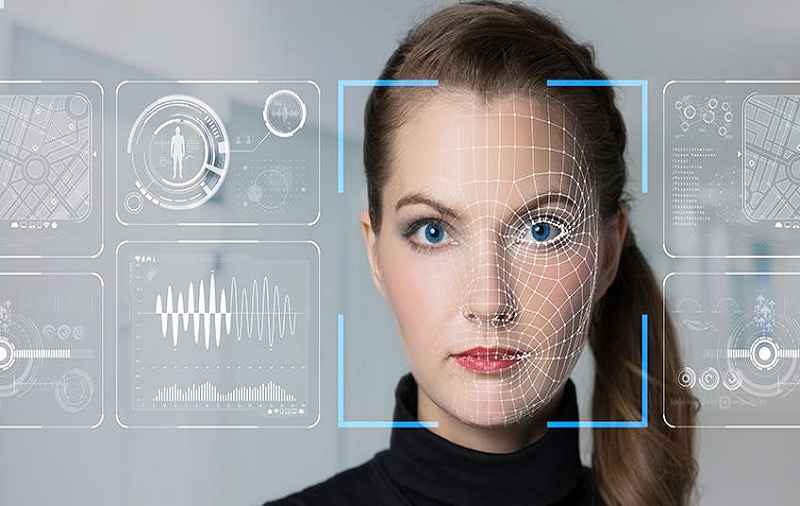In the digitalization era, we can see how tech-savvy, interactive learning methods replace traditional educational approaches. All useful information is on students’ fingerprints thanks to the Internet and gadgets that evolve with the release of each new model.
It takes seconds to find electronic textbooks, training manuals or a professional essay writing service.

For the last decades, colleges and universities have changed beyond recognition, and the process of their transformation is still in full swing. Investors spend money on innovations, and edtech developers amaze the world with genius projects. This article is devoted to the most popular educational trends. Enjoy reading!
Read More – 5 Top Sites like Humble Bundle
Artificial Intelligence
AI helps students and professors get rid of routine operations, make learning comfortable and enjoying. It can recognize speech, simplify planning and problem-solving. Teaching has become more creative when the need for checking control papers disappeared. Most tests and exams are now held on a computer. Young people can find out their results right away because special programs count correct answers very quickly. In additional, AI can create an individualized curriculum, detect gaps in students’ knowledge and assign tasks targeted at weak sides.
Virtual Reality
Learners are tired of boring lectures and reading long passages in textbooks. That is why they are often distracted by video games, films, bright pictures in social networks and other visual content. Virtual reality can return learning enthusiasm to them, open up a vast universe full of unforgettable impressions.
Using a VR headset, one can travel to any part of the world, any epoch, conduct expensive and dangerous experiments without any risks and losses, gain practical experience on one’s major without leaving a classroom. Also, VR supports a trend toward independent learning.
This technology may be applied to a variety of professions. For example, medical students can conduct surgeries in a digital space; architects can design buildings in 3D and organize practical guides in a simulator, biologists can see how living organisms emerge, change and die within several minutes.
Gamification
One more remedy for boredom in a classroom is gamification. Traditional educational activities may become much more engaging and exciting if acquiring lively, entertaining features. This technology is especially relevant for younger school students who find it challenging to concentrate on Serious learning material. However, even senior university students are very fond of games and play at seminars with great enthusiasm. Classes cease to exhaustive bean duty and turn into exciting adventures giving young people a surge of energy.
Smart Interactive Classrooms
Advanced educational institutions replace traditional chalk blackboards with interactive whiteboards. These devices not only reflect information from a computer like multimedia projectors but also transmit changes made on a board surface back to a computer. This two-side connection makes the educational process very flexible and comfortable. A professor operates a whiteboard from one’s place and can invite students to use it in front of a class.
Also, each learner may have a smart desk with a sensor surface. It may be synced with a professor’s computer so that one sees what all users in real-time. Such Desks expand teamwork opportunities, delight students with a responsive interface and attractive design.
There is a growing trend for involving tablets in the learning process. They are rather cheap and mobile compared with smart boards and desks. A professor can hold a lesson anywhere, for example, in a university garden or a forest hike. Lessons turn into friendly gatherings, and learning space is no longer associated with a gray and dull prison cell.
Also Read – 10 Top OMGChat Alternatives
Digital Course Materials
Young people can forget about heavy backpacks because all learning materials may be fitted in one compact device. It is even not obligatory to carry a laptop to a university because most modern smartphones have the functionality of a full-fledged computer.
Zero weight is not the only advantage of e-books. Learners can make notes right in textbooks, not being afraid of strict librarian’s fury, copy the most important passages instead of rewriting them, find text fragments by keywords using search tools instead of leafing all pages through.
Also, students do not have to spend money on new textbooks at the beginning of each new semester. All necessary materials may be downloaded from an electronic library. A most convenient way to access study resources digitally can be loading them onto a cloud-based virtual PCs such as windows virtual desktop from a reliable provider of a hosted desktop as a service for easy remote accessibility. It is worth not forgetting that paper textbooks aggravate the deforestation problem. Digital substitutes are an excellent way to solve it.
Online Education
The number of remote courses grows exponentially. They are offered by both traditional on-campus universities and private educational platforms, working exclusively in digital space. It is possible to find a variety of programs for any major and receive a valid certificate that will be accepted by employers. The cost of e-learning is relatively low.
This format is especially convenient for working people had no opportunity to keep up with university schedules and persons who do not want to change residence and live in a dorm. Most courses provide flexible conditions and the ability to read lectures, watch educational videos and pass exams when one wants.
Social Media For Students
Professors know that young people are very fond of social networks. A great way to attract their attention is creating unique websites for discussing education-related topics and campus events, exchanging learning materials, posting information on current internships and vacancies in the university’s professional field. Learners become more cohesive, perceive their educational institution as a home, place designed not only for study but also for communication, and receiving vivid impressions.